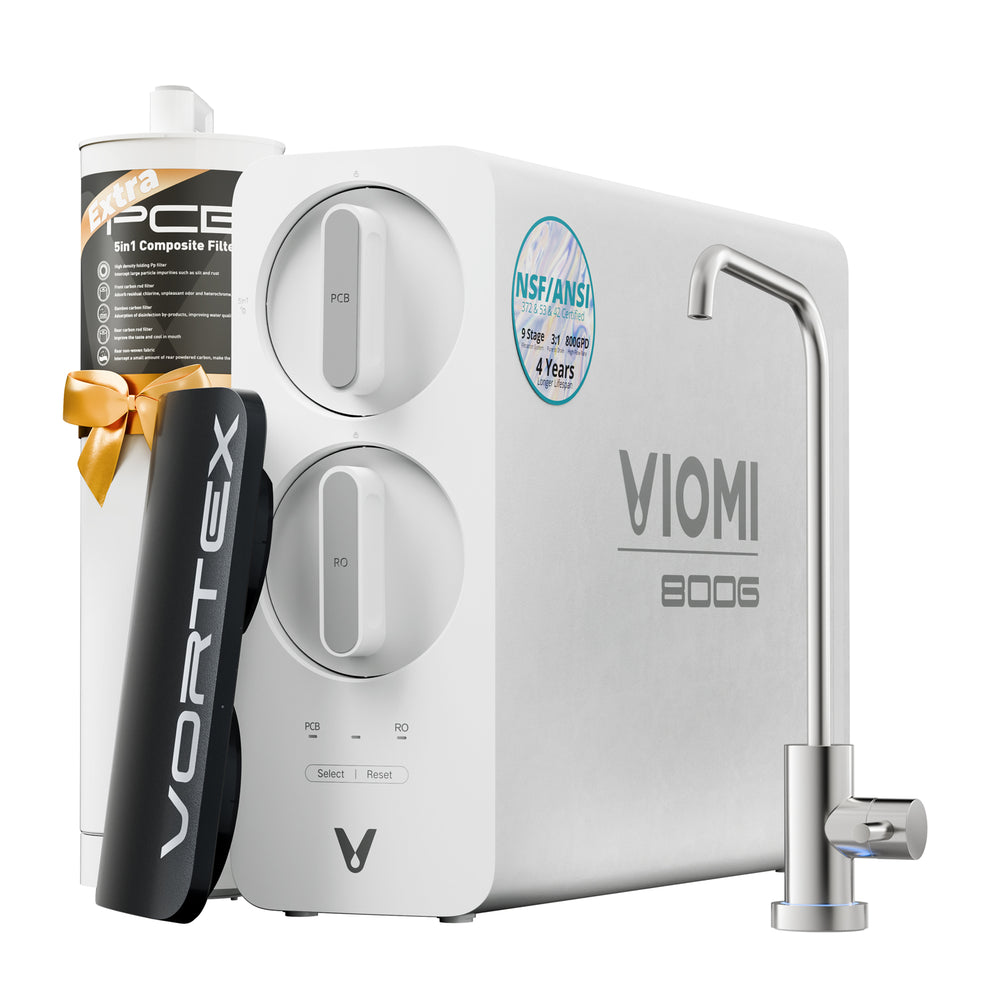Unlock the Secrets of Pure Water: Discover the Magic Behind Reverse Osmosis Filters!
In a world where access to clean drinking water is becoming increasingly critical, the need for effective water filtration systems has never been more important. One of the most efficient methods for achieving pure water is through reverse osmosis. This advanced filtration technology not only removes harmful contaminants but also enhances the overall taste of the water we consume. In this article, we will delve into the fascinating world of reverse osmosis drinking water filter systems. We will explore the scientific principles behind the process, outline the myriad benefits of using these systems, and provide insights into how they work. Additionally, we'll cover essential maintenance tips to ensure your system operates at peak performance. Join us as we unlock the secrets to enjoying pure, refreshing water!

Understanding Reverse Osmosis
At its core, reverse osmosis (RO) is a water purification process that utilizes a semi-permeable membrane to remove ions, unwanted molecules, and larger particles from drinking water. The principle of osmosis is straightforward: water naturally moves from an area of low solute concentration to an area of high solute concentration through a membrane. However, reverse osmosis reverses this natural flow by applying pressure to the side with higher solute concentration, forcing water through the membrane and leaving contaminants behind. A typical reverse osmosis system consists of several components, including pre-filters to remove larger particles and chlorine, the RO membrane itself, and post-filters that further refine the water before it reaches your tap. This multi-stage filtration process ensures that you receive the cleanest and safest drinking water possible.
Benefits of Reverse Osmosis Drinking Water Filter Systems
There are numerous advantages to using reverse osmosis systems for your drinking water needs. One of the most significant benefits is the removal of a wide range of contaminants, including heavy metals, chlorine, fluoride, and even microorganisms such as bacteria and viruses. This level of purification not only enhances the safety of your drinking water but also improves its taste, making it fresher and more palatable. Many people have shared their experiences of switching from conventional filtration systems to reverse osmosis, noting a dramatic improvement in the flavor and quality of their water. Additionally, using RO systems can lead to health benefits, as the elimination of harmful substances can reduce the risk of various health issues. Compared to other filtration methods, reverse osmosis stands out for its effectiveness, providing a level of purification that is hard to match.
How Reverse Osmosis Filters Work
The operation of a reverse osmosis filter system can be broken down into several key steps. First, water from your source (such as a tap or well) is pushed through a series of pre-filters that remove larger particles and chlorine. This step is crucial, as it protects the RO membrane from damage and extends its lifespan. Next, the water enters the reverse osmosis membrane, where the actual purification occurs. The semi-permeable membrane allows only water molecules to pass through while rejecting contaminants. The purified water then moves to a storage tank, while the rejected contaminants are flushed away as waste. Finally, as you draw water from the system, it passes through additional post-filters, which polish the water and enhance its taste before it reaches your glass. This meticulous process ensures that every drop of water you consume is as pure as possible.
Maintenance and Care for Reverse Osmosis Systems
To keep your reverse osmosis system operating efficiently, it’s essential to carry out regular maintenance. One of the most critical tasks is changing the filters at recommended intervals, typically every 6 to 12 months, depending on your water quality and usage. Regular filter changes not only ensure optimal performance but also prolong the life of the system. Additionally, it’s important to periodically check the system for leaks and ensure that the pressure is adequate for effective filtration. Some users might find it helpful to keep a maintenance log to track filter changes and system checks, ensuring that they never miss crucial upkeep. By investing a little time and effort into maintenance, you can enjoy clean and refreshing water for years to come.
Embracing Reverse Osmosis for Cleaner Water
In conclusion, reverse osmosis drinking water filter systems offer a remarkable solution for those seeking to enhance the purity and taste of their drinking water. We have explored how these systems work, their numerous benefits, and the importance of regular maintenance to ensure optimal performance. With the increasing concern over water quality and safety, investing in a reverse osmosis system is a proactive step towards ensuring access to pure drinking water. By embracing this technology, you not only safeguard your health but also enjoy the refreshing taste of clean water. Consider making the switch to reverse osmosis and experience the difference for yourself!





